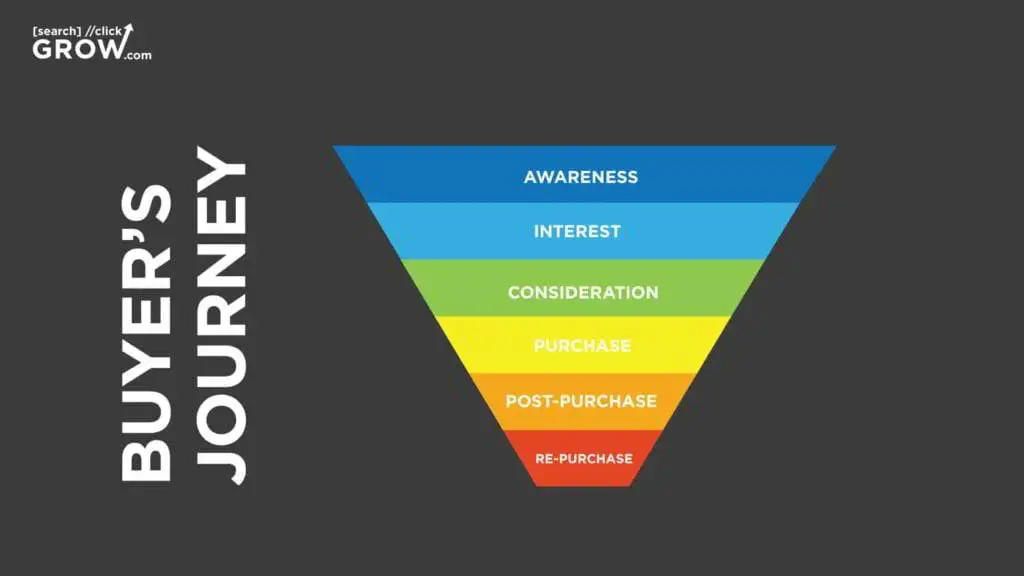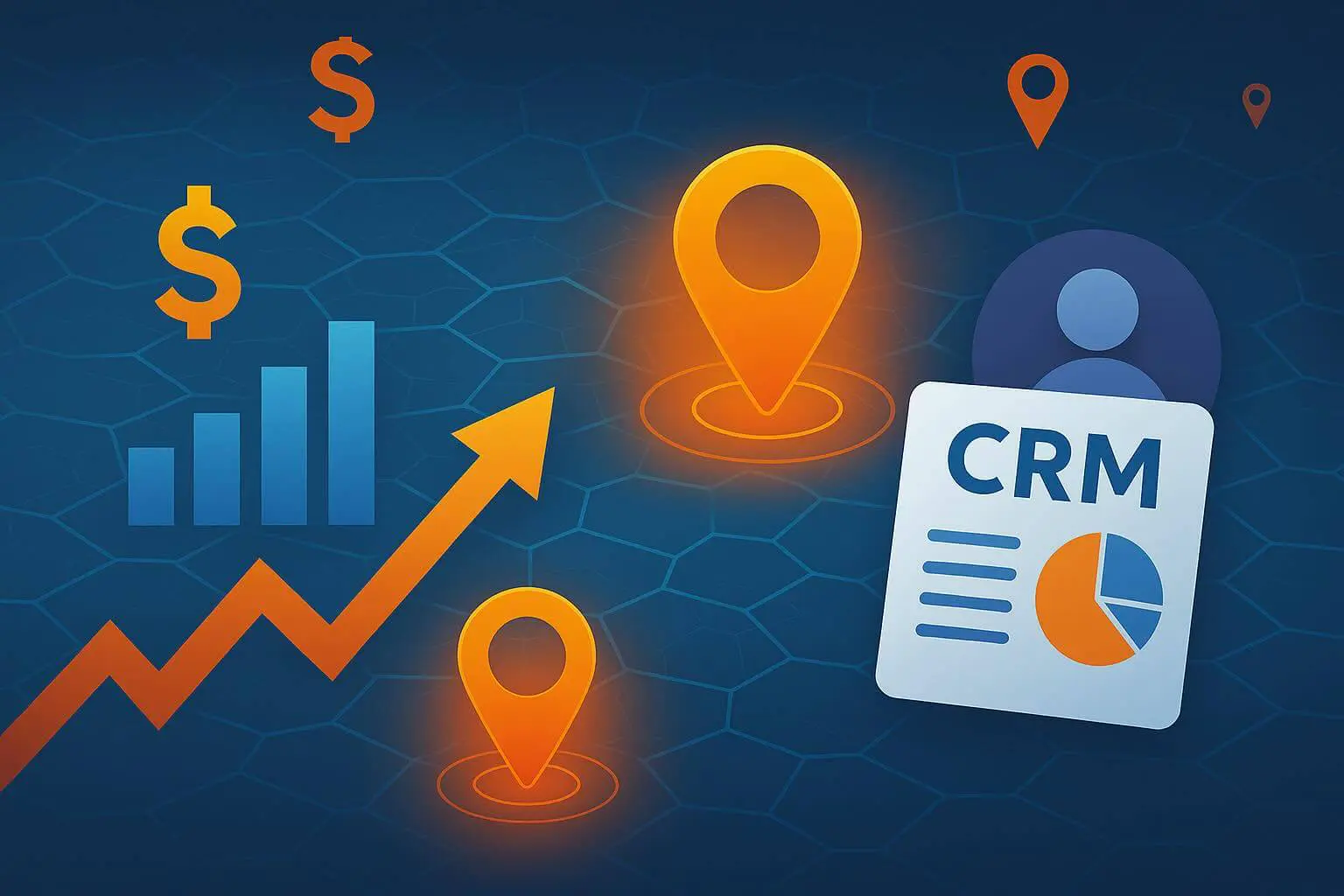
Why Do People Buy: Understanding the Buyer’s Motivation
Why do people buy? It’s the question every marketer tries to answer before creating an e-commerce strategy.
When customers visit your store looking for something, what’s the magic factor that pushes them to ‘add to cart’?
There are actually many reasons why a customer wants to spend money, the question is whether they’ll spend it on your site if you do something to motivate a purchase decision.
So what can you do to uncover these buyer motivation secrets?
Why is it necessary to understand why people buy?
In this guide, we’ll look at what buyer motivation is and how you can define an e-commerce experience optimized for conversions.
Why Does Buyer’s Motivation Matter
When businesses connect to their customers’ on a deeper, emotional level, the pay-off can be that they return to your website to purchase something again and again.
Most people buy a product or service to satisfy their needs, whether it’s for avoiding pain or seeking pleasure.
While these are really basic explanations, it defines the two greatest reasons that buyers determine purchase decisions.
These factors apply to anyone taking on any project or trying to answer any challenge in life.
As a marketer, your goal is to find the answer to prospects’ problems and determine what pleasure they seek to gain or what pain they seek to avoid.
So, before you create a strategy, you’ll need to create buyer personas and think about what products or services help them satisfy their needs or get through major challenges in their life.
Understanding the Buyer’s Journey
It’s also essential that brands look at what stage a customer is in when they start considering your product or service.
You can nurture a customer towards a purchase decision just by understanding their buyer’s journey and what they are looking for.
All stages of the buyer’s journey show insights into what factors lead to their purchase decision.

There are typically six different stages in the customer’s journey to consider:
- Awareness: This is the first time a potential customer hears about your product or service.
- Interest: Now the customer is interested in your brand and what you offer.
- Consideration: In this step, customers start to evaluate and research your products to ensure they match what they’re looking for.
- Purchase: Now the customer commits to buying your offer.
- Post-Purchase: The customer determines if your product or service helped with their need or pain point. They may decide that it does and need something else related to your products.
- Re-Purchase: Now the customer is interested in buying more from your store. Thus, the buyer’s motivation continues, and they may purchase something else if the purchase process satisfied what they wanted.
Different Classes of Buyer Motivation
There are also different behaviors associated with different buyers and what they’re looking for.
Product Buyer Motivation
When a customer is looking for reasons to buy something, they need to research the product’s effectiveness.
How do other customers like the product?
Then, they’ll look at the product’s specifications, such as size and color. They may also have a greater psychological attraction, such as social perceptions related to owning that product.
Patronage Buyer Motivation
This is a collection of all the reasons and considerations that motivate a buyer to purchase a product from a specific brand.
Brand preferences also are a huge factor in product purchases.
One brand may have a better track record when it comes to quality or durability.
13 Reasons Why People Decide to Buy
Some buyers are motivated by their emotions, while others are driven by careful consideration and reasoning. They may look more at the reliability or safety of a product.
rice and selection also matter to why customers purchase one product over another.
However, emotional response decisions are not carefully planned or logically considered, and so these purchases may be made impulsively based on recommendations from friends.
Ultimately, people buy emotionally and justify logically. They don’t buy products or services – they buy solutions to problems.
1. Desire to Gain Something
The number one motive for a purchase decision is that they want to own something that helps in their lives in some way.
There is a direct gain to purchasing the product or service.
In some cases, it’s a direct investment that will lead to more money, such as buying stocks. For other purchases, it’s an indirect financial gain.
2. Security or Protection
Many people want to feel secure and safe in their homes, cars, or in the workplace.
They may buy safety locks to guard their positions or invest in other security measures to prevent burglary.
It’s a huge motivation for any buyer.
For example, The US Department of Defense spends over $57 million per hour to protect the US.
3. Fear
While it’s not the most ethical way to market a product, people often buy things to prevent their fears from becoming a reality.
For example, one myth is that Listerine invented the problem of chronic bad breath in order to sell a product that prevents it.
TV infomercials thrive on showing a problem and fear of a bad result in order to sell a product that fixes it.
4. Need for Adventure
You know those people who set outside their weekends for hunting trips, fishing, hiking, skydiving, or a getaway to the mountains?
These individuals thrive on seeking adventure, which includes buying equipment and gadgets that will help them achieve those goals.












